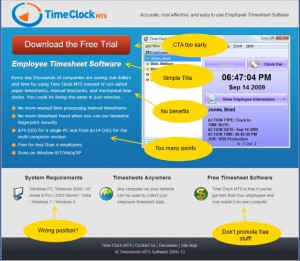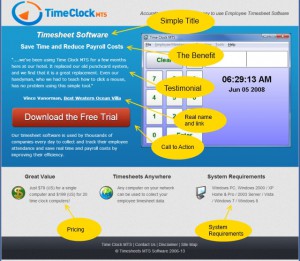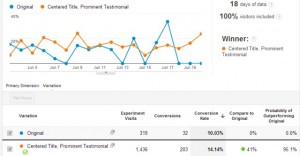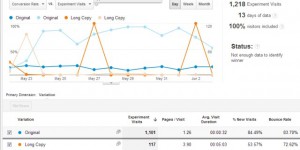First, a disclaimer. I love zombies. In the last few years zombies have entered the mainstream and I’ve loved every bit of it. So I went into World War Z wanting to love it. I wanted to love it despite the troubled development of the movie, the constant negative press leading up to it’s release, and the warnings that the adherence to the source material (Max Brooks’ book, World War Z) was poor. Did I love it? No. But I did like it quite a bit.
First, the movie itself. It’s split clearly into three acts. The first sets up the the character of Gerry Lane (played by Brad Pitt), his family, and the fall of the world to the so-called zombie plague. This act plays out well with a fast and tense opening and the appearance of the first zombies is quite shocking. For the zombie aficionados the zombies in World War Z are initially portrayed as fast-movers, contrary to the book where they were definitely slow.
The second act, takes us through Lane’s global journey as he tries to seek the source of the out-break of the zombie plague. There’s some spectacular action shots in this act, with hordes of thousands of zombies running amok in the streets of Jerusalem. I can see where the (supposed) $200 million spent making this movie went when I see these scenes. The only comparable “horde” CGI shots that I can recall are some of those seen in The Return of the King.
The final act, which is probably the weakest, resolves Lane’s quest. It’s at this point that the movie reverts to costumed zombies that we’re all more used to seeing in movies such as Night of the Living Dead, 28 Days Later, and the rather hilarious Zombieland. There’s some tense moments and I certainly jumped a few times. The resolution to the movie is a little weak and from what I understand it’s this part of the plot that caused the most troubles during development and it shows. The ending is a little open and I wouldn’t be surprised to see a sequel.
Given that this movie is a hardcore action blockbuster I’d dare to say that there’s very little character development in the movie other than with Pitt’s character. We learn he loves his family, has a somewhat shady past working for the United Nations, and has a surprising ability to survive airline crashes and being impaled on aircraft components. Other characters are something of non-entities with only a couple springing to mind. The first, Pitt’s wife, Karin Lane (played by Mireille Enos) is something of a non-entity who should know that ringing someone’s phone when they are in a zombie infested area is usually a bad idea. The second, is a zombie who appears on screen for nearly 5 minutes towards the end of the movie. Never did I think that bad dentures, rolling eyes, and grey corpse like make-up could convey such humour and menace. Yet, somehow they did, much to the amusement of myself and many others in the cinema.
It’s worth me spending a few lines talking about how the movie adheres to the book by Max Brooks. Basically, it doesn’t. There’s some echoes of it in a couple of spots. The strongest of these is when Lane talks to a US special forces captain in South Korea (played by James Badge Dale) and he starts re-counting the sort of zombie origin tale that was at the core of the original book. However, shame on the producers changing the origin to South Korea instead of the China as stated in the book. I understand this was done to not offend the Chinese film market. So, if you’re a lover of the book don’t expect much homage paid to it by the movie.
I wanted to love this movie since the first day I’d heard about it, and given all the bad press I went in expecting to hate it. I left quite satisfied, having enjoyed the journey. It’s a fun ride from beginning to end, with the required number shocks to make me jump in my seat and enough zombies to satisfy even the most ardent fan. Recommended.




